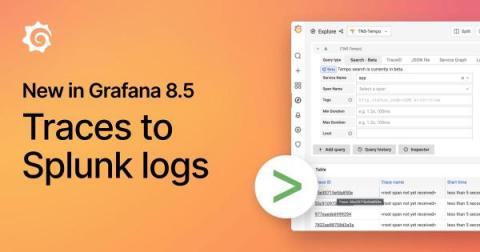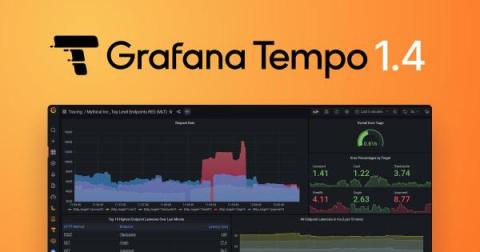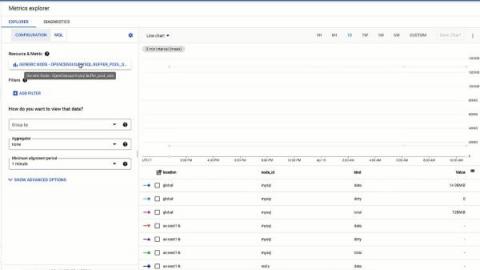What Is Telemetry and Why Is It Important?
Properly leveraging telemetry is a true game-changer for any IT department looking to optimize and stabilize its systems. Telemetry provides the first step to answering the all-important question, “What’s happening in my network?” It’s your eye into the inner workings of your system, giving you a view into how different components are performing.











